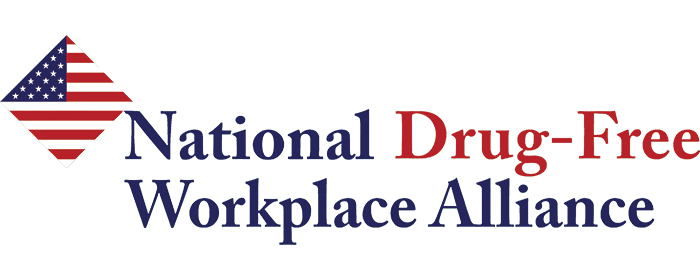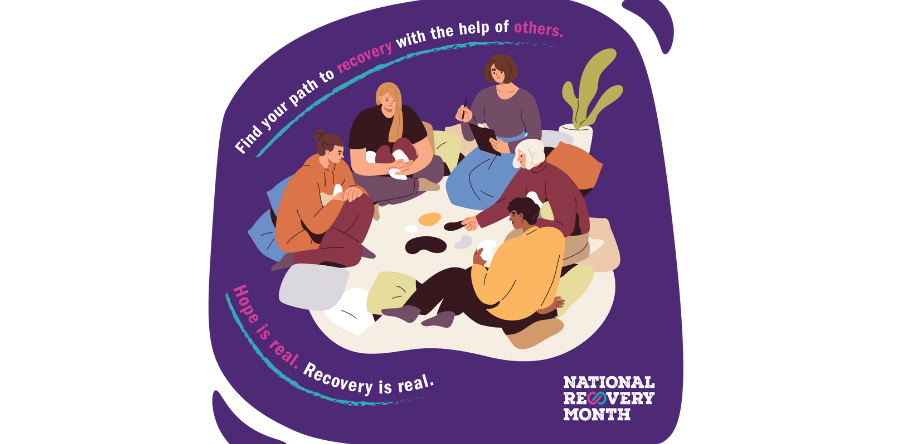As we step into September, a month dedicated to National Recovery, it's crucial to acknowledge the challenges many individuals face in their journey towards well-being. In today's fast-paced and demanding work environments, employees grapple with a myriad of personal difficulties that can significantly affect their overall health and job performance. One such challenge, often shrouded in stigma, is substance use disorder—a multifaceted issue with far-reaching implications for both individuals and the organizations they serve.
Substance use disorders can cast a shadow over an individual's life, affecting their physical and mental health, personal relationships, and work performance. Recognizing the intricate nature of these challenges, it's imperative for employers to provide holistic support systems. One often underutilized avenue for recovery lies within a company's Employee Assistance Program (EAP). Employee Assistance Programs are versatile and robust resources that can identify and address an array of health, financial, and social issues, including mental and substance use disorders. They serve as an invaluable lifeline for employees seeking confidential and unbiased support in their quest for recovery from substance use.
It's essential to understand that EAPs primarily function as a crucial starting point, connecting individuals with the necessary referrals for further care. Recovery is a protracted journey that requires dedication, and an EAP serves as a compass, guiding individuals towards the right path.
For employers, the advantages of having an Employee Assistance Program in place are multifold. A workforce in good health is more likely to engage wholeheartedly in their work, leading to higher-quality output and a substantial reduction in absenteeism—a remarkable 41% decrease, to be precise.1 Supporting employees in their recovery efforts has also been linked to improved retention rates and a noticeable reduction in healthcare costs.2 States like Illinois and New York even provides programs where employers can apply for a tax credit of up to $2,000 per individual in recovery from a substance use or mental health disorder that they employ full-time or part-time.3
Substance use disorders are intricate challenges that reverberate throughout an organization. Through the implementation of EAPs, companies have the opportunity to cultivate a culture of care, compassion, and well-being within their ranks, ultimately fostering healthier and more productive workplaces. As we observe National Recovery Month, let us remember that recovery is not just a possibility—it's a reality that can be achieved with the right support systems in place.
1. The Benefits of an Employee Assistance Program (EAP) - business.com. (n.d.). business.com. https://www.business.com/hr-software/eap-benefits/
2. Recovery-Ready Workplace. (n.d.). DOL. https://www.dol.gov/agencies/eta/RRW-hub/Recovery-ready-workplace
3. Recruitment and Employment of People in Recovery. (n.d.). DOL. https://www.dol.gov/agencies/eta/RRW-hub/Getting-started/Recruitment-employment









